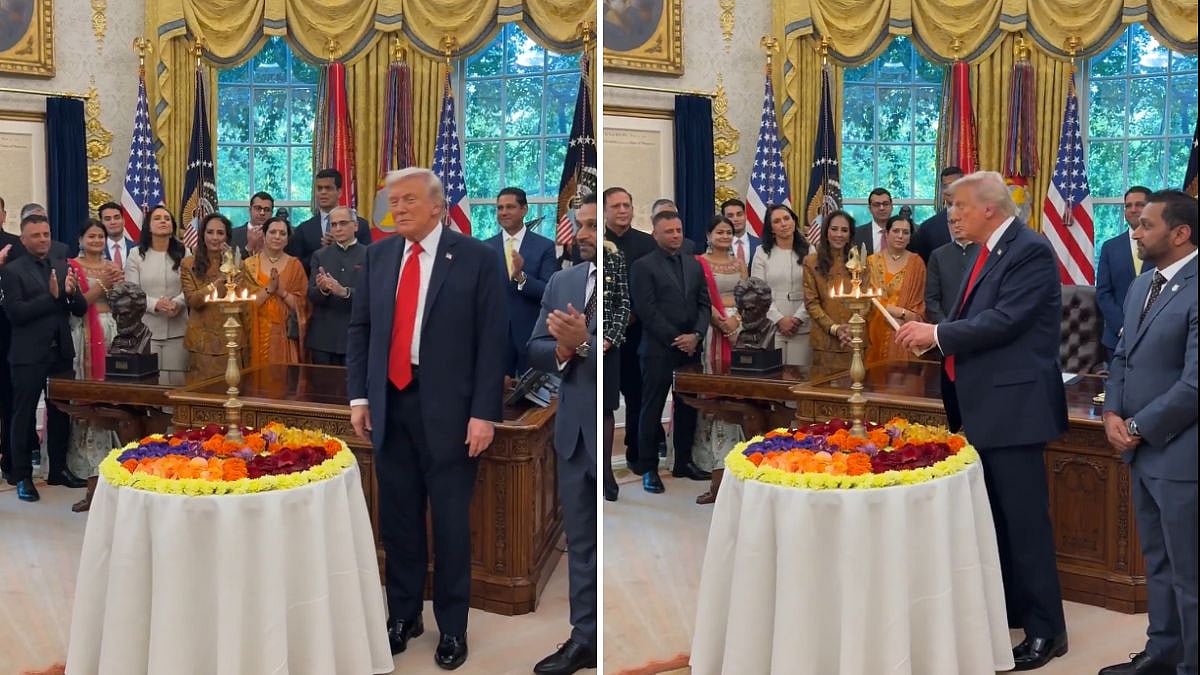MEERA S. SASHITAL sheds light on the importance of Kojagiri Purnima.
[alert type=”e.g. warning, danger, success, info” title=””]On this Kojagiri night Goddess Lakshmi visits every house asking ‘Ko Jagarti’ meaning ‘who is awake’ to ascertain. And to those who are awake, Goddess Lakshmi is said to bless them with fortune and prosperity.[/alert]
Kojagiri Purnima falls on the full-moon day of Ashvin. This day is sacred to the goddess Lakshmi and Lord Indra when people keep awake till late at night by keeping Vrat and observing fasts. This ceremony owes its origin to the Kojagiri Purnima Vrat sacred to the goddess Lakshmi especially on this night.
At midnight the goddess is worshipped by the devotees who then break their fasts by offering coconut milk and flattened rice to the Gods and manes and also distribute the same among the invited guests before partaking themselves. Again puja of Moon is performed and ‘naivaidya’ of condensed milk is offered.

According to the scriptures, it is permissible to indulge in playing with dice or ‘Akshkrida’ on this day as an exceptional case, as gambling on this particular day is regarded as conducive to fortune. To play with dice late at night is considered to be meritorious.
On this Kojagiri night Goddess Lakshmi visits every house asking ‘Ko Jagarti’ meaning ‘who is awake’ to ascertain. And to those who are awake, Goddess Lakshmi is said to bless them with fortune and prosperity. To welcome Her, houses, temples, streets etc., are illuminated. A light is lit outside one’s house lest Goddess Lakshmi, the harbinger of Wealth and Prosperity, while going on Her rounds misses the house and pauses to bestow Her blessings.
The same reason, perhaps, applies for keeping awake the whole night. The entire custom of keeping awake and playing dice may be to signify that one should be alert and careful in life with one’s savings due to frivolity and uncertainty of wealth. Cocoanut water, typical of fertility is drunk at midnight, probably as a precaution to keep oneself awake.
Valkhilya Rishi was once asked by other Rishis as to which Vrat was most conducive to fortune during this month, and he mentioned Kojagirivrat as the chief of them all, and in support of his statement narrated the story of Valit a poor Brahmin of Maghadha. Valit was a pious man and very religious.
But to add to his poverty, unfortunately, he had a wife named Chandini who was quarrelsome and always did opposite of what he told her because he could not provide her the comforts of life. In fact, she vows to do the very opposite of what he told her until Lakshmi favoured them with fortune.
So, when Valit’s father’s anniversary day came, on the advice of his friend, he purposely told her that he was determined not to perform the Shraddha ceremony. As per her nature, she insisted on performing it by calling the Brahmins. But, Valit forgetting his friend’s advice, asked his wife to throw the ‘pindas’ into the river but the obstinate wife consigned them to a cesspool. Valit in disgust leaves his house determining not to return till Goddess Lakshmi favoured him.
While wandering in the woods, on a day of the full moon of Ashvin at midnight, he meets three Nagkanyas worshipping Goddess Lakshmi and performing Kojagiri Vrat. He too joins the Vrat but after Puja they invite him to play the game of dice with them.
Though at first he refuses saying gambling is vice, on being provoked to being this night was an exception, he joins only to lose initially whatever trifles he had. But Goddess Lakshmi who was on Her vigil pitying him helps him to win fortune. Valit now returns home completely a changed man rich with money to be gladly welcomed by his wife.
Another legend has it that a king to help a poor artisan buys a statuette which happened to represent the Goddess Alakshmi of Poverty, the sister of Goddess Lakshmi of Fortune. With the result, the king becomes very poor, the Goddess of Prosperity and Fortune having left him refusing to stay where Alakshmii was.
Only Dharma or virtue continued to stay. But before departing they instruct the king to follow certain commandments out of which one was: “Watchfulness to the essence of nights.”
The king followed these precepts and kept himself awake at nights. But finally, through the diligence of his wife’s worship of Goddess Lakshmi on the Kojagiri full moon night, the icon image of Alakshmi melts away and good fortune returns to the King. Hence the importance of worship of Goddess Lakshmi on the Kojagiri full moon night.
This Kojagiri Vrat or celebration coincides with the harvest festival. It is also called ‘Navanna’ (new food) and from this day the new grain of the recent harvest is usually partaken. In ancient times Kojagiri Purnima was celebrated as ‘Kaumudi Mahotsav’. The Ashwin Full Moon night is also known as ‘Kaumudi Purnima’ and ‘Sharatpurnima’.
The monsoons being over, the sky is clear and the moon is much brighter. Perhaps, people heaving a sigh on the recession of the heavy long monsoons wish to welcome and enjoy the pleasant Sharad ‘ritu’ before the advent of cold winter.
The full moon shining with its majestic beauty must have tempted people to meet together to enjoy and feast under the canopy of the magnificent moonlight in open air giving birth to a Festival. In Rajasthan ladies are said to clad in white and adorn with silver ornaments to match with the white Full Moon. The Kojagiri Purnima is still observed today by having parties and get-together at nights, perhaps, more as a social event than for solemnity or religiosity.










